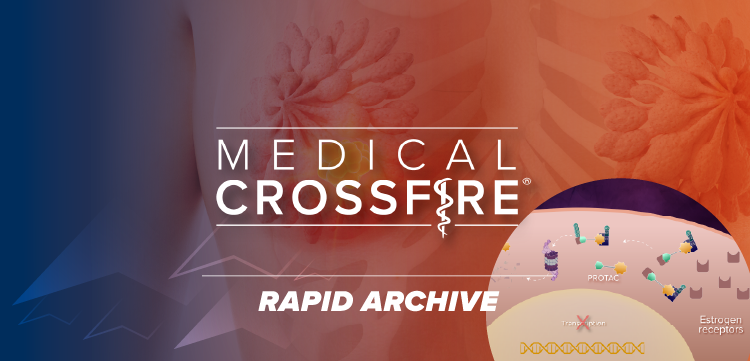
Joint FDA Studies Show DermaSensor Device Reduces Missed Skin Cancers in Primary Care by 50%
FDA-cleared DermaSensor device shows 96% sensitivity and reduces missed skin cancer diagnoses by 50% in primary care, according to new data.
Results from 2 pivotal clinical studies evaluating DermaSensor—a noninvasive, point-of-care
DermaSensor uses elastic scattering spectroscopy (ESS) to analyze cellular and subcellular structures in skin lesions. The FDA-authorized handheld device provides an immediate, automated malignancy risk assessment,
The first study was a multicenter validation clinical trial led by Mayo Clinic. Researchers enrolled 1005 patients with 1579 skin lesions who were evaluated across 22 primary care sites. Of these, 224 lesions were confirmed as skin cancers via dermatopathology, including melanoma, basal cell carcinoma (BCC), and squamous cell carcinoma (SCC). The ESS device demonstrated2:
- Sensitivity: 96% for skin cancer detection
- Negative Predictive Value (NPV): 97% for benign lesions
- Positive Predictive Value (PPV): Ranged from 6% (score = 1) to 61% (score = 10)
The device exceeded the 90% minimum sensitivity threshold set by the US FDA for melanoma detection, aligning with published dermatologic standards.2
“The
The companion clinical utility study included 108 PCPs to evaluate how ESS device use affected skin cancer management. Results showed3:
- Correct referral rate with device: 91.4%
- Correct referral rate without device: 82.0%
- Relative reduction in missed cancer referrals: 50% (from 18.0% to 8.6%)
These findings suggest that DermaSensor not only enhances cancer detection but also optimizes referral accuracy, potentially reducing unnecessary biopsies and missed malignancies.3
The device may fill a critical diagnostic gap for primary care, where providers often lack dermoscopy training and face challenges in evaluating ambiguous skin lesions. With skin cancer accounting for more annual cases than all other cancers combined, improved early detection could lower mortality and health care costs associated with delayed diagnosis.1
References:
1. Published FDA Pivotal Studies Find DermaSensor has 96% Sensitivity and Cuts Physician’s Missed Skin Cancers by Half. DermaSensor. Press release. June 12, 2025. Accessed June 12, 2025.
2. Merry SP, Croghan IT, Dukes KA, et al. Primary care physician use of elastic scattering spectroscopy on skin lesions suggestive of skin cancer. Journal of Primary Care & Community Health. Published online June 5, 2025. doi:10.1177/21501319251344423
3. Ferris LK, Jaklitsch E, Seiverling EV, et al. DERM-SUCCESS FDA pivotal study: A multi-reader multi-case evaluation of primary care physicians’ skin cancer detection using AI-enabled elastic scattering spectroscopy. Journal of Primary Care & Community Health. Published online May 30, 2025. doi:10.1177/21501319251342106
Newsletter
Enhance your clinical practice with the Patient Care newsletter, offering the latest evidence-based guidelines, diagnostic insights, and treatment strategies for primary care physicians.
























































































































































































































































































